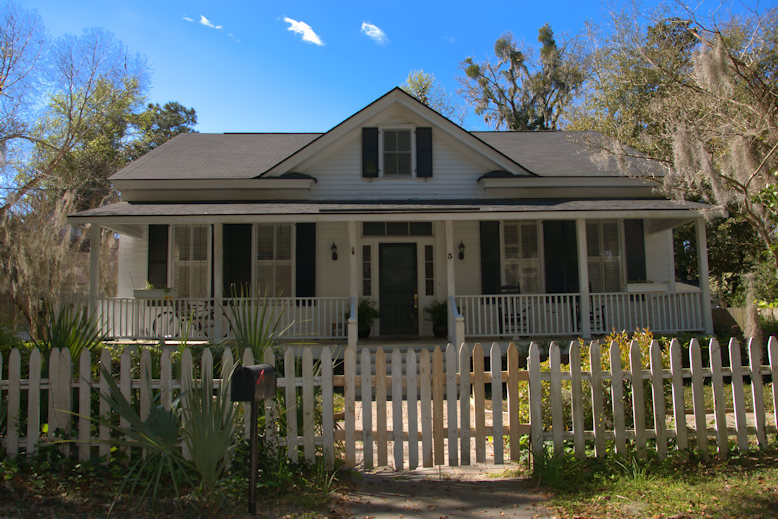Noble Jones was one of the original settlers of Georgia, coming to the colony with General James Oglethorpe in 1733. He applied for a land grant on the southern end of the Isle of Hope but the grant wasn’t formally approved by George II until 1756. Construction on the fortified tabby-and-wood house began around 1739 and was completed around 1745. The fortifications were seen as a necessary foil for a potential Spanish invasion.
Jones named the plantation Wormslow. It was originally thought that this was a reference to the silkworms that optimistic early colonists hoped would make Georgia a leading producer of silk, but in fact it was a prominent place name in the English-Welsh borderlands from which the Joneses came to the New World.
Noble’s son, Noble Wimberly Jones (c. 1723-1805) was the next owner and spent little time at the estate, preferring life in the city of Savannah. His sister, Mary Jones Bulloch also had a life estate in the property. The ruins of the first house remain today as material evidence of Georgia’s earliest days.
In contrast to his loyalist father, Noble W. Jones was a Whig, and after service in the provincial and state legislature pursued a career in medicine. He was elected to the Continental Congress but was unable to serve. Still, his dedication to the cause of revolution earned him the moniker “Morning Star of Liberty”.
George Jones, son of Noble Wimberly, was the next owner, and his son, George Frederick Tilghman Jones changed the spelling from Wormslow to Wormsloe. He also changed his own name to George Wymberly Jones and then added the surname De Renne. He was an active builder of improved structures on the property and was a large slave owner. De Renne was also an important collector of early Georgia documents and manuscripts, reprinting many rare items. The family is still involved in these pursuits to this day. A later descendant, Wymberly Wormsloe De Renne fell on financial hard times just before the Great Depression and opened the estate, with the fine gardens he had developed, to the public. Wormsloe Gardens became a prominent tourist attraction. Wormsloe House remains in the family but the surrounding grounds became a state historic site in 1979. One of the best events in Savannah, the annual Colonial Fare & Muster is staged here each year.
National Register of Historic Places

















